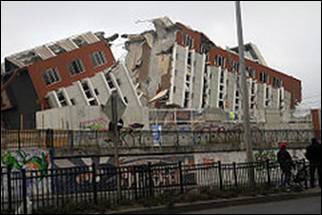April 1, M8.2 quake and several M7’s near Iquique, Chile
The massive M8.2 quake near Iquique, Chile on April 1 reminds us that the northern area of Chile near the Peru border had been long overdue for a large earthquake.
QuakeFinder has been concerned about this area since 2010 when we installed 4 sites on the Peru side of the border. In January 2014 we installed a new site 40 miles (approximately 64 kilometers) south of Iquique, working with our partners at Pontificia Universidad Catolica de Chile in Santiago, Universidad de Concepción, Universidad Andrés Bello (UNAB), and Center of the Desert in Iquique. The earthquake happened to the NW of Iquique about 90 miles (144 kilometers) from that site. Our range of detection is around 10 miles (16 kilometers), but the M7.8 was 27 miles (44 km) from our site and may show that the aftershocks are migrating closer to our lone site there. Our small network in Chile needs to be expanded to cover more critical areas, and we are continuing to look for partners to assist in this effort. With this site near Iquique, we are excited to be in the right area and continuing analysis of these quakes will advance the state of the art of earthquake forecasting. Get involved. Contact us at supportQF@quakefinder.com


